The Importance Of Google Analytics Real-Time Reporting

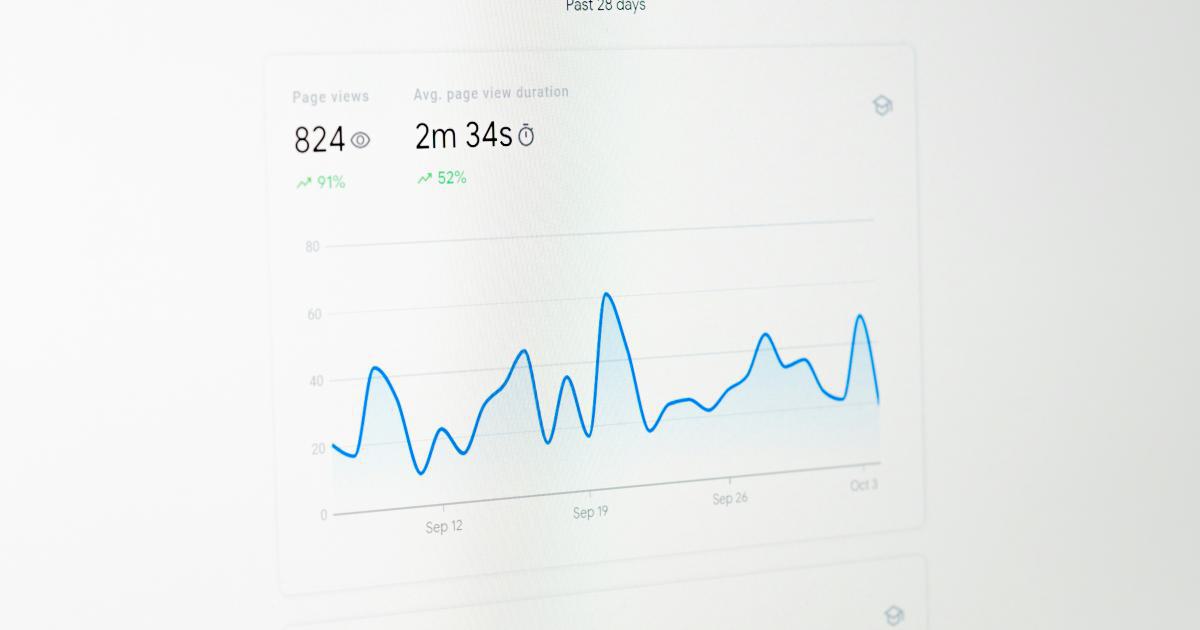
Understanding the Power of Google Analytics Real-Time Reporting
Google Analytics is a powerful tool that has revolutionized the way businesses and website owners track and analyze their online performance. One of the most valuable features within Google Analytics is the real-time reporting functionality, which provides insights into the immediate activities and interactions occurring on a website. In today's fast-paced digital landscape, real-time data has become increasingly crucial for making informed decisions and optimizing your online presence.
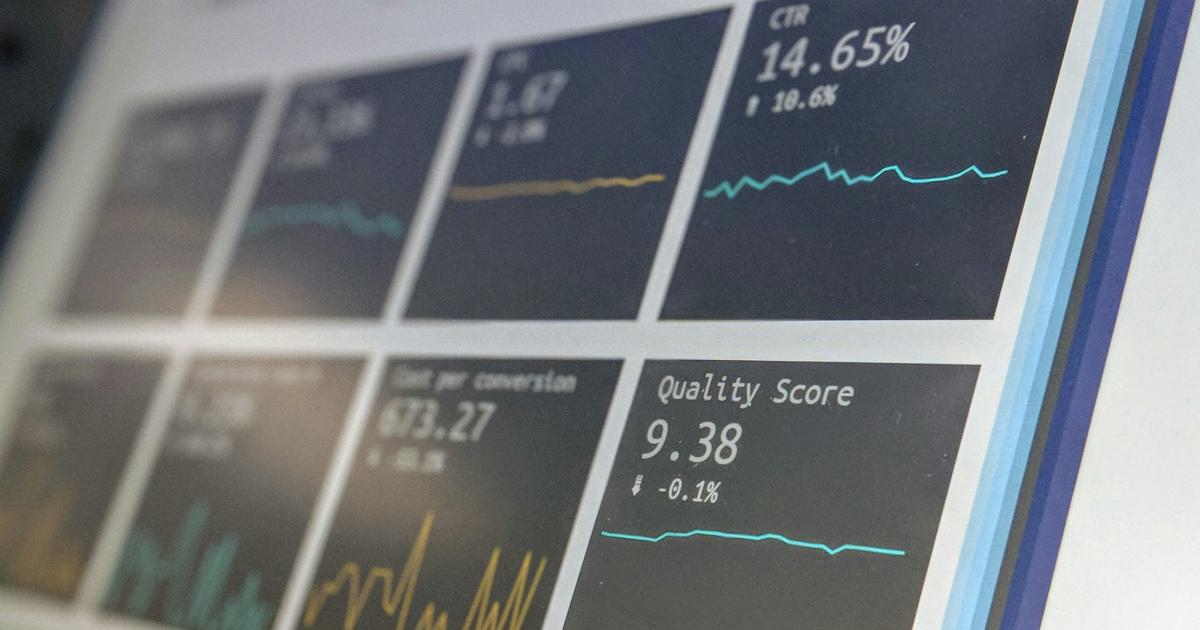
Real-time reporting in Google Analytics allows you to monitor your website's activity as it happens, giving you a clear and up-to-the-minute understanding of how users are interacting with your content and engaging with your brand. This level of granular data can be a game-changer for businesses, enabling them to make timely adjustments, respond to emerging trends, and capitalize on opportunities that may otherwise be missed.
Unlocking the Benefits of Real-Time Reporting
The significance of Google Analytics' real-time reporting features cannot be overstated. By delving into this data-rich tool, you can unlock a wealth of insights that can profoundly impact your marketing strategies, content optimization, and overall business growth. Let's explore some of the key benefits of embracing real-time reporting:
Immediate Feedback and Actionable Insights
One of the primary advantages of real-time reporting is the ability to receive instant feedback on your website's performance. You can monitor various metrics, such as the number of active users, their geographic locations, the pages they're visiting, and the actions they're taking in real-time. This immediate data allows you to quickly identify and respond to emerging trends, enabling you to make informed decisions and take timely actions to improve user experience, drive engagement, and optimize your marketing efforts.

For example, if you notice a sudden spike in traffic to a specific page or content, you can investigate the underlying reasons and make adjustments to capitalize on that interest. Similarly, if you observe a decline in engagement or a high bounce rate on a particular page, you can quickly identify and address the issue before it negatively impacts your overall performance.
Efficient Troubleshooting and Problem Solving
In addition to monitoring performance, real-time reporting can be invaluable for troubleshooting and problem-solving. If your website experiences technical issues, glitches, or unexpected behavior, the real-time data can help you quickly pinpoint the source of the problem and take immediate corrective action.
By observing real-time user activity, you can identify and address any disruptions or errors that may be impacting the user experience. This could include issues with page loading times, broken links, form submission failures, or other technical challenges. Promptly addressing these problems can help maintain the integrity of your website and prevent potential customer frustration or abandonment.

Enhanced Audience Targeting and Segmentation
Real-time reporting also provides valuable insights into your website's audience, enabling you to refine your targeting and segmentation strategies. By analyzing the real-time data, you can gain a deeper understanding of your users' behaviors, preferences, and engagement patterns.
For instance, you can identify the geographic locations of your visitors, the devices they're using, the specific pages they're interacting with, and the actions they're taking. This information can be leveraged to create more targeted and personalized content, marketing campaigns, and user experiences that resonate with your audience.
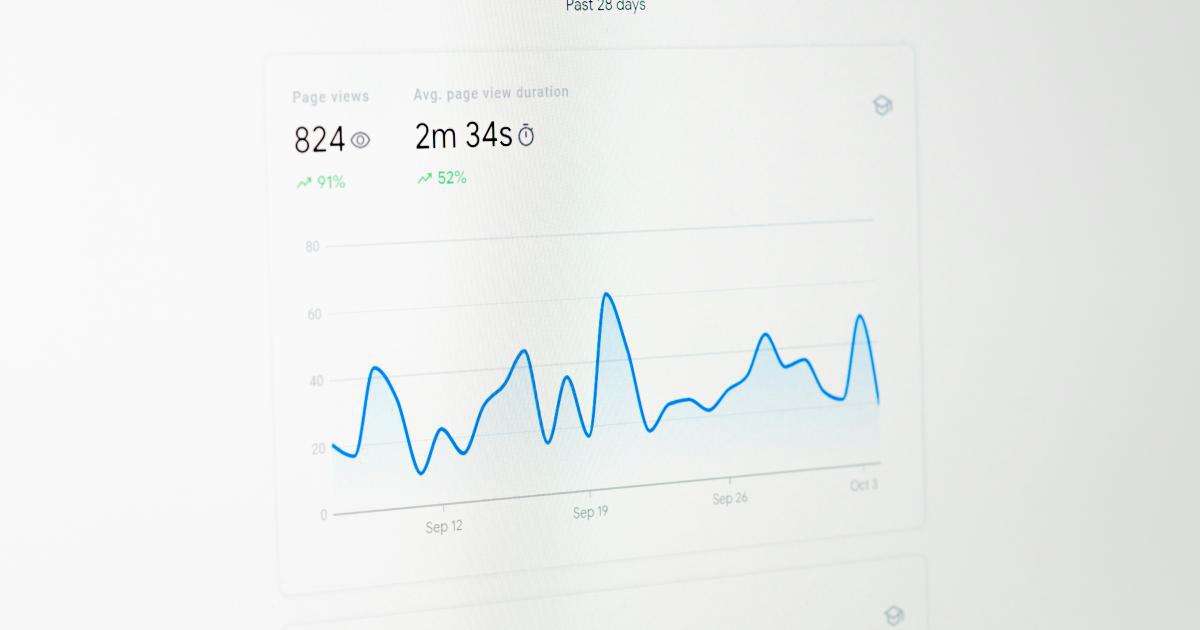
Additionally, real-time data can help you identify emerging trends and new audience segments that you may not have previously considered. By staying on top of these insights, you can adapt your strategies to better meet the evolving needs and interests of your customers, leading to improved engagement, conversion rates, and long-term loyalty.
Effective Campaign Optimization and Improvement
One of the most powerful applications of real-time reporting is its ability to enhance your marketing campaign optimization and improvement efforts. By closely monitoring the performance of your campaigns in real-time, you can make timely adjustments to optimize their effectiveness and maximize your return on investment (ROI).

For example, if you're running a time-sensitive promotional campaign, you can use real-time data to assess the campaign's performance, identify which marketing channels or messaging resonates best with your audience, and make adjustments on the fly to improve engagement and conversions. This agility allows you to capitalize on current trends and optimize your campaigns for maximum impact.
Furthermore, real-time reporting can help you identify emerging opportunities and quickly test new ideas or strategies. By monitoring user behavior and interactions in real-time, you can experiment with different content, messaging, or targeting approaches and immediately gauge their effectiveness, enabling you to make informed decisions and refine your marketing efforts.
Competitive Insights and Benchmarking
In addition to monitoring your own website's performance, real-time reporting in Google Analytics can also provide valuable insights into your competition. By tracking industry-specific trends, you can gain a better understanding of how your competitors are performing, the strategies they're employing, and the evolving preferences of your shared target audience.

This competitive intelligence can inform your own decision-making and help you identify opportunities to differentiate your offering, address unmet customer needs, or capitalize on emerging industry shifts. By staying ahead of the curve and anticipating your competitors' moves, you can maintain a competitive edge and continue to deliver a superior user experience.
Mastering Real-Time Reporting in Google Analytics
Now that we've explored the numerous benefits of leveraging Google Analytics' real-time reporting features, let's dive deeper into the practical application of this powerful tool.
Setting Up Real-Time Reporting in Google Analytics
To access and utilize the real-time reporting functionality in Google Analytics, follow these steps:
Log in to your Google Analytics account: If you don't have an account, you'll need to create one and set up your website or property.
Navigate to the Real-Time reports: In the left-hand sidebar menu, click on "Real-Time" to access the various real-time reporting options.
Explore the different real-time report types: Google Analytics offers several real-time report types, including:
- Overview: Provides a high-level snapshot of your real-time website activity.
- Locations: Displays the geographic locations of your active users.
- Traffic Sources: Identifies the channels and sources driving your real-time traffic.
- Content: Reveals the specific pages and content generating the most engagement.
- Events: Tracks the actions and events being triggered by your users.
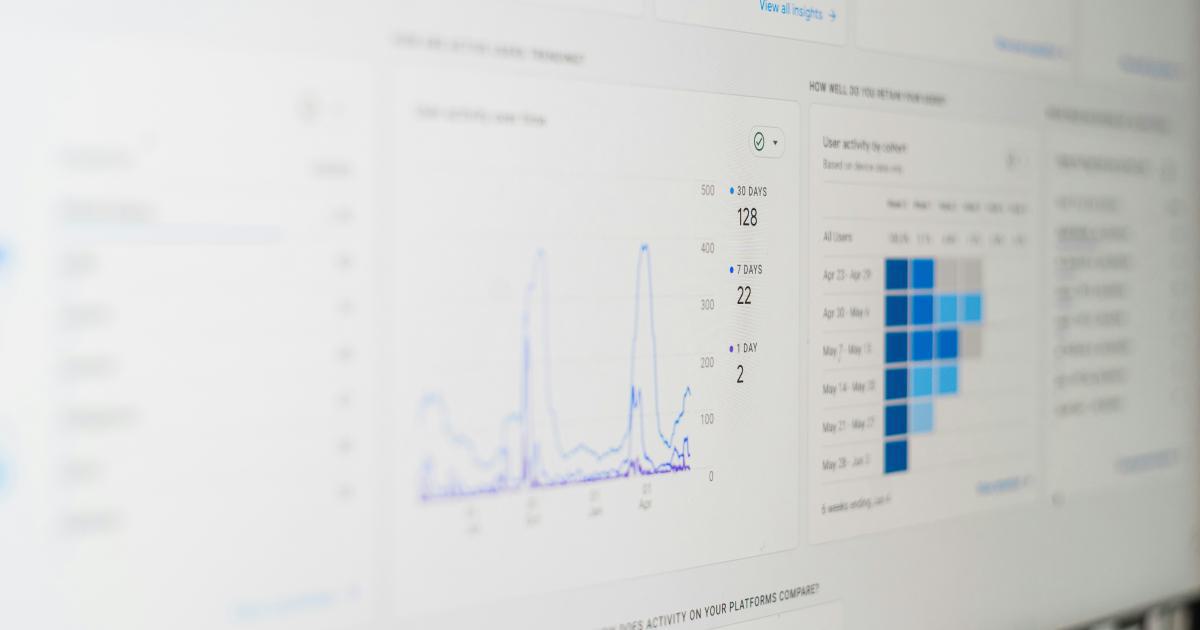
Customize the real-time reports: Depending on your specific needs and goals, you can customize the real-time reports to focus on the metrics and dimensions that are most relevant to your business. This may include filtering by specific segments, applying date ranges, or creating custom dashboards.
Set up real-time alerts and notifications: Google Analytics allows you to configure custom alerts and notifications to be triggered by specific real-time events or thresholds. This can help you stay informed about critical changes or issues in a timely manner.
Integrate real-time data with other tools: To maximize the value of your real-time reporting, consider integrating the data with other platforms or applications, such as project management tools, customer relationship management (CRM) systems, or marketing automation platforms. This can create a more comprehensive and streamlined data-driven decision-making process.
Leveraging Real-Time Reporting for Actionable Insights
Once you've set up and familiarized yourself with the real-time reporting capabilities in Google Analytics, it's time to start putting that data to work. Here are some strategies for effectively leveraging real-time insights:
Monitor and Respond to Emerging Trends
Closely monitor the real-time data to identify any significant spikes or drops in traffic, user engagement, or specific content performance. These trends can indicate emerging opportunities or potential issues that require your attention.
For example, if you notice a sudden increase in traffic to a particular blog post or product page, you can quickly investigate the underlying reasons and take steps to capitalize on that interest, such as promoting the content, optimizing the page, or creating additional related resources.
Conversely, if you observe a sudden decline in user engagement or a high bounce rate on a specific page, you can swiftly diagnose and address the problem, ensuring a positive user experience and maintaining your website's overall performance.

Optimize Your Marketing Campaigns in Real-Time
Real-time reporting can be a game-changer for your marketing efforts, allowing you to make agile, data-driven decisions and adjustments to your campaigns.
Monitor the performance of your active marketing campaigns, such as social media promotions, email newsletters, or paid advertising. Analyze the real-time metrics, such as click-through rates, conversions, and audience engagement, to identify which strategies are resonating with your target audience.
If certain campaign elements are underperforming, use the real-time data to make immediate adjustments to the messaging, targeting, or creative assets. Conversely, if specific tactics are proving highly effective, you can allocate more resources to amplify those successful efforts.
This real-time optimization process enables you to maximize the impact of your marketing campaigns, improve your return on investment, and better align your strategies with the evolving needs and preferences of your audience.

Identify and Address Technical Issues
Real-time reporting can be invaluable for quickly identifying and resolving technical issues on your website. By monitoring the real-time user activity and performance metrics, you can quickly detect any disruptions, errors, or user experience problems.
If you notice a sudden spike in bounce rates, page load times, or error messages, you can immediately investigate the root cause and take corrective action. This could involve troubleshooting server issues, fixing broken links, optimizing page load speeds, or addressing any other technical challenges that may be impacting your website's functionality and user experience.
Proactively addressing these technical problems in real-time can help maintain the integrity of your website, prevent potential customer frustration or abandonment, and ensure that your online presence continues to deliver a seamless and positive user experience.

Enhance Audience Segmentation and Targeting
Real-time reporting provides valuable insights into your website's audience, enabling you to refine your segmentation and targeting strategies for more personalized and effective marketing efforts.
Analyze the real-time data to identify user behavior patterns, preferences, and engagement levels across different demographic, geographic, and device-based segments. This information can help you create more targeted content, campaigns, and user experiences that resonate with your audience.
For example, you may notice that users accessing your website from a specific region or on a particular device type are engaging more with certain types of content or taking specific actions. Armed with these insights, you can tailor your messaging, content, and user experience to better meet the needs and expectations of those audience segments.
By continuously monitoring and responding to real-time audience insights, you can optimize your marketing strategies, improve conversions, and foster deeper connections with your customers.

Gather Competitive Intelligence
In addition to monitoring your own website's performance, real-time reporting in Google Analytics can provide valuable competitive intelligence. By tracking industry-specific trends and benchmarking your performance against your competitors, you can gain a better understanding of the evolving landscape and identify opportunities to differentiate your offering.
Analyze the real-time data to understand how your competitors are performing, the strategies they're employing, and the preferences and behaviors of your shared target audience. This information can inform your own decision-making, help you address unmet customer needs, and enable you to stay ahead of the curve in your industry.
For instance, if you notice that a competitor is experiencing a sudden spike in traffic or engagement on a particular piece of content, you can investigate the reasons behind that success and consider creating similar or complementary resources to meet the demonstrated demand.
By leveraging real-time competitive insights, you can make more informed strategic decisions, optimize your marketing efforts, and maintain a competitive edge in your industry.
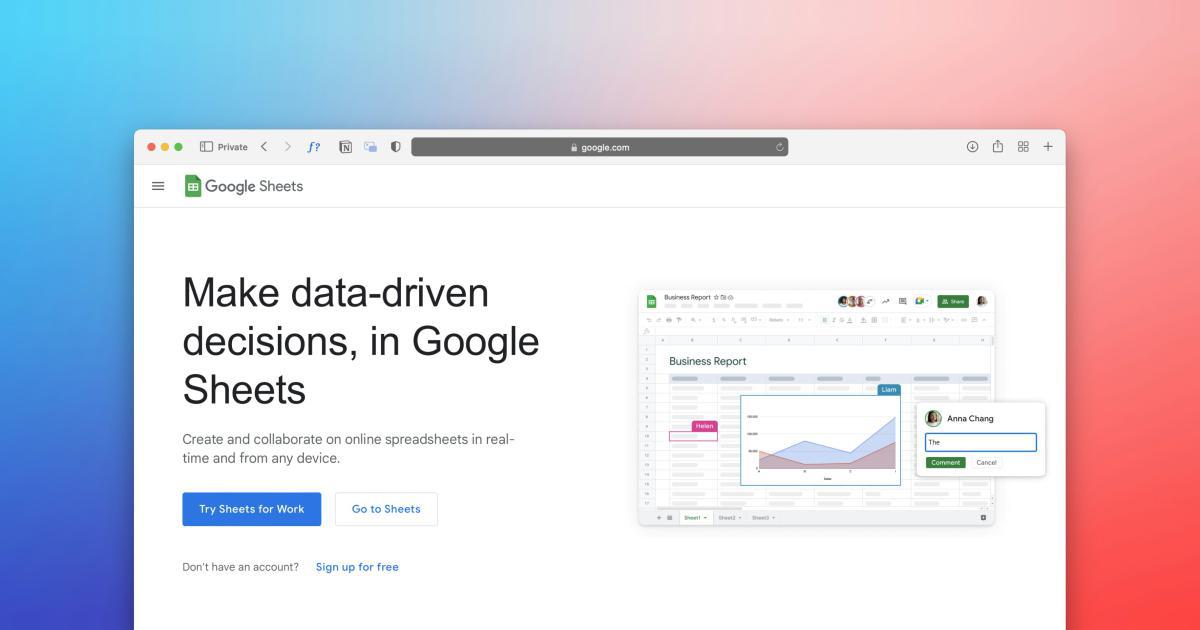
Unlocking the Full Potential of Real-Time Reporting
Google Analytics' real-time reporting capabilities are a powerful tool that can transform the way you approach website optimization, marketing, and business decision-making. By embracing and leveraging this data-rich feature, you can unlock a wealth of insights that can drive tangible results for your organization.
Remember, the key to maximizing the benefits of real-time reporting lies in your ability to interpret the data, identify meaningful trends, and take timely, informed actions. Continuously monitoring the real-time metrics, responding to emerging opportunities, and optimizing your strategies based on the insights gained can help you stay ahead of the curve and deliver exceptional experiences for your customers.
As you embark on your real-time reporting journey, stay curious, experiment with different approaches, and be willing to adapt your tactics as the digital landscape continues to evolve. By embracing the power of real-time data, you can unlock a new level of agility, responsiveness, and competitive advantage for your business.